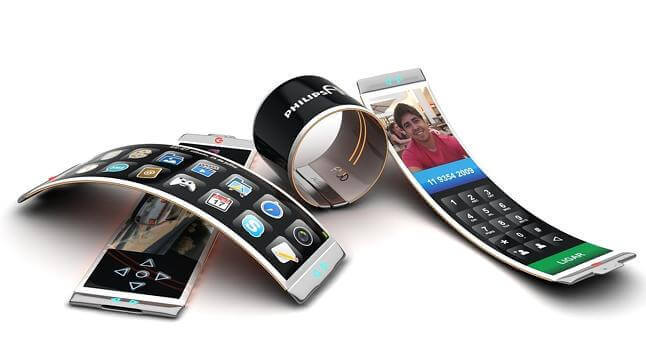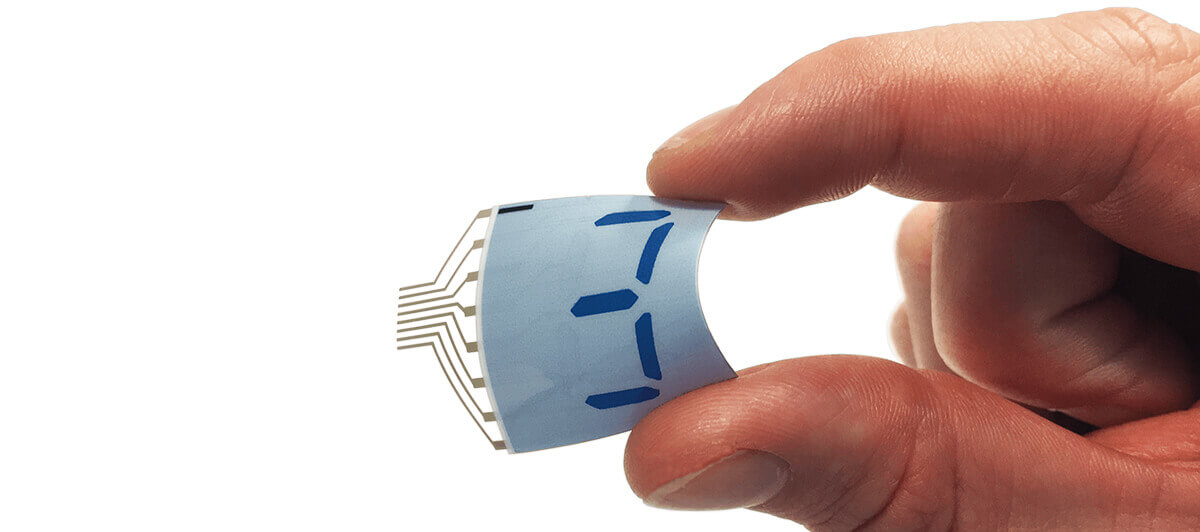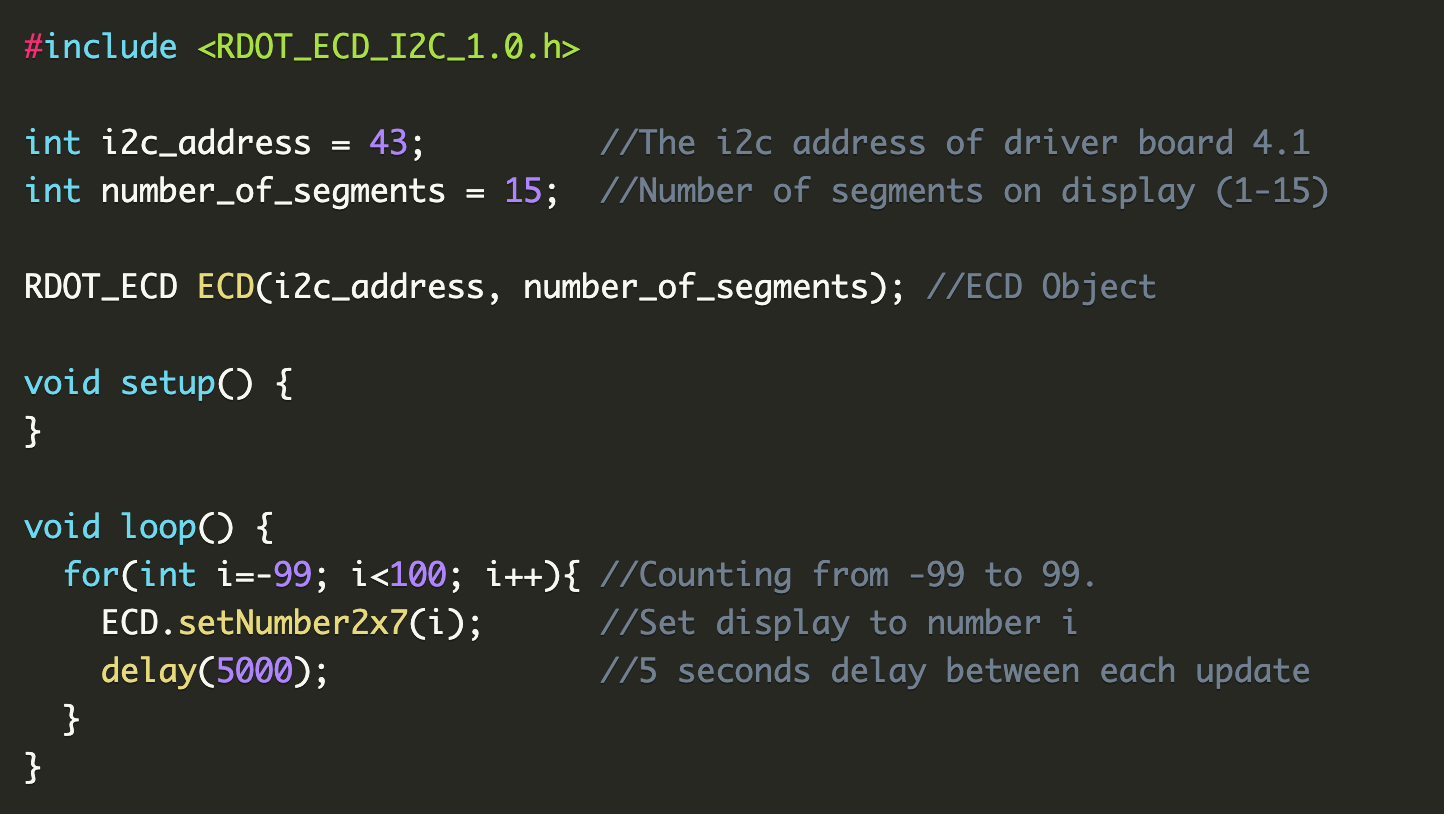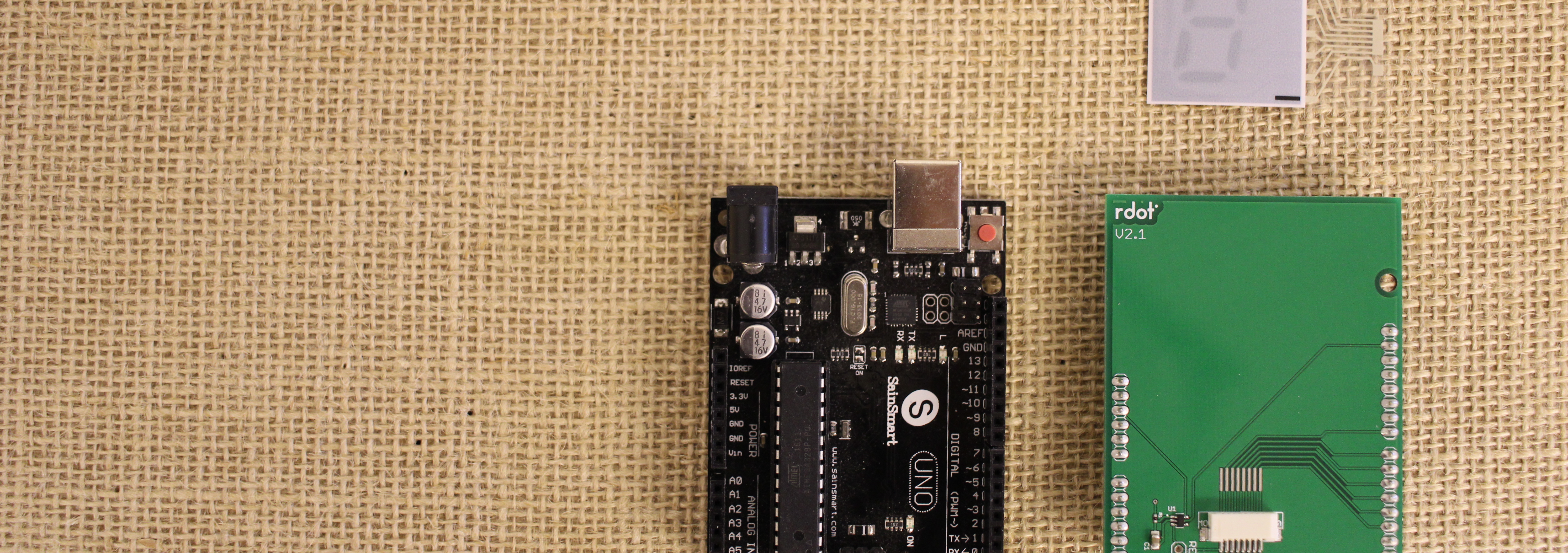
The hype for flexible displays is huge, and there’s an ongoing battle in the flexible OLED market. Chinese actors such as BOE, Visionox, and Royole are making massive investments to scale up production and break the South Korean monopoly. But what should the flexible displays be used for? Is there room for low-cost flexible segment displays on the market?
What is a flexible display?
The most common flexible display is flexible OLED technology. There are also other flexible display technologies, such as flexible EPD and flexible electrochromic displays. A flexible display is fundamentally the same thing as any other display, the difference being that it is built on a flexible substrate. This substrate could be plastic, paper, metal, or flexible glass. Flexible displays are typically very light, thin, and almost shatter-proof. Sometimes curved, bendable, and foldable displays are discussed, which are, in principle, the same as flexible displays.
Why flexible displays?
The total flexible display market will according to a recent press release from MarketsandMarkets™ exceed 15 billion USD by 2022. Based on information from the same source, the market size in 2016 was 2.67 billion USD. But where are the flexible displays today, and why are they important?
As of right now, the single biggest applications for flexible displays is the smartphone. The value-added functionality can be debated, but from a purely aesthetic point of view, a flexible display has some quite impressing features. Several smartphone vendors, e.g. Samsung, LG, Huawei, Sony, Xiaomi, and Oppo, are currently offering phones with flexible displays that are wrapped around the edges of the devices. These displays certainly look beautiful, and this appearance cannot be achieved with a rigid display. Many actors also claim that the flexible displays are more durable and rugged, which of course is increasing the value of the relatively novel technology. Other devices that can utilize a flexible display for the same purpose, namely curved edges, are also tablets and wearable technology, such as smartwatches. To conclude, flexible displays today are used to follow edges, curves, and the shape of electronic devices.

There are also other likely applications that are arguably more futuristic and with greater potential from a user perspective. Flexible OLEDs can be astonishingly thin and prototypes have exhibited a very small bend radius. The display actor Royole demonstrated already in 2014 a flexible AMOLED with a thickness that only measures 0.01 mm and with 1 mm bend radius. Applications not yet seen on the market include rollable and foldable keyboards, monitors, televisions, and laptop displays. There are also prototypes of VR/AR headsets utilizing this very thin flexible displays.
 Photo Credit: Royole Corporation
Photo Credit: Royole Corporation
Low-Cost Flexible Displays
The OLED technology is notoriously expensive and thereby not a candidate to be implemented in low-cost and low-power devices, such as electronic shelf labels, low-end IoT devices, smart textile, smart packaging, and other low-cost consumer and industrial electronics. For these applications, flexible displays will allow product developers to utilize a display that will seamlessly follow the surface of the device. The future is not flat, it is more likely curved and flexible. This is why flexible displays are needed. Many product developers have historically been forced to make their devices flat due to there not being any good flexible display alternatives on the market. Until now...
If you're seeking an affordable flexible display, the rdot display is the only viable option. This fact is also concluded in an article about various seven segment display technologies. In contrast to the typical full color matrix OLED, the rdot display is a segment display, based on organic electrochromic materials. Please watch our video or read more on the rdot technology page.

Top image source: https://vonguru.fr/wp-content/uploads/2017/04/vonguru_images_hardware_telephonie_innovations_une.jpg



